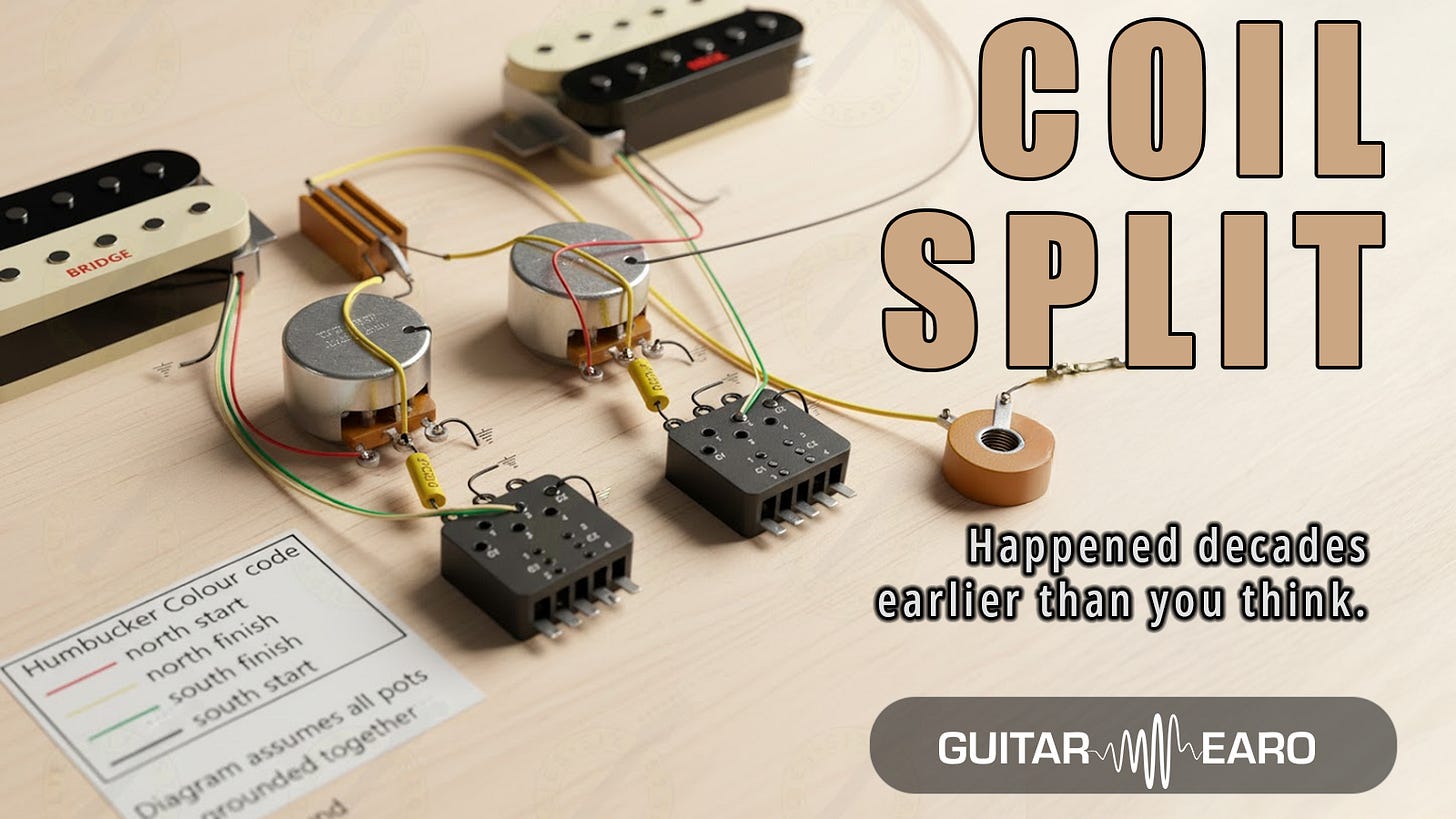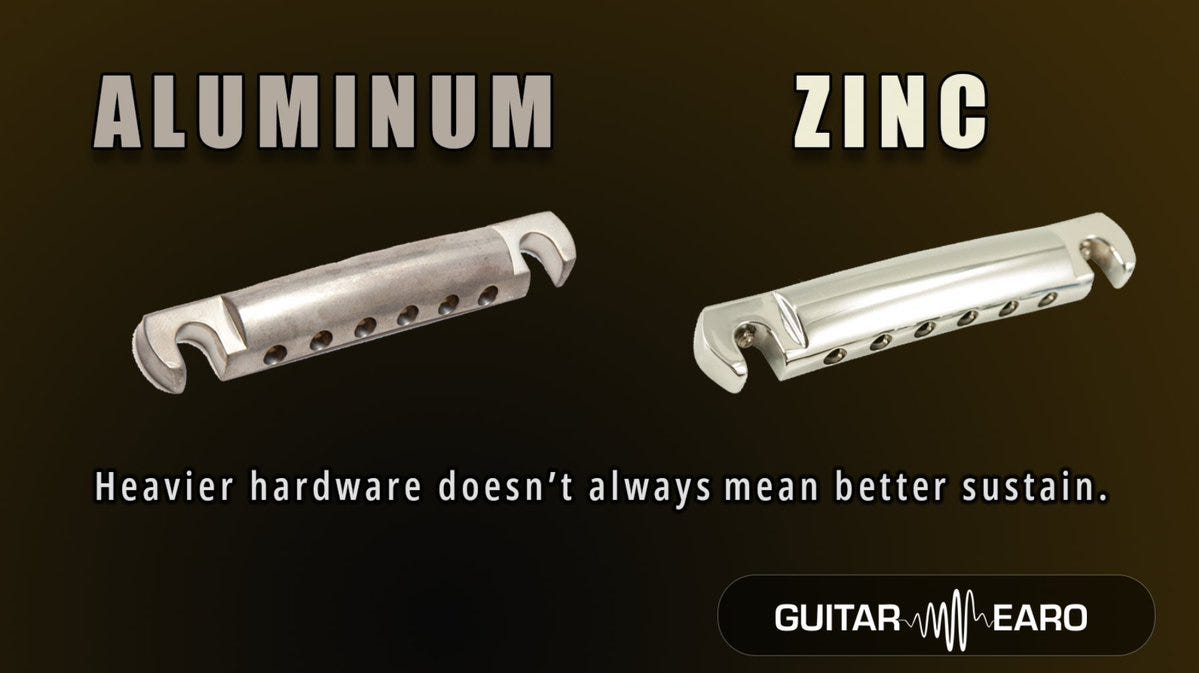The Case for Pure Nickel
In the 1950s, pure nickel was the default.
It’s softer, less magnetic, and gives 2–3 dB less pickup output compared to steel.
The result?
Less treble bite
More emphasis on fundamentals
A smoother, rounder feel
Players describe it as “rich” and “vintage”—but the differences aren’t night and day.
The Rise of Nickel-Plated Steel
By the late ’60s, nickel-plated steel took over as the standard.
That steel core under the plating changes things:
More magnetic pull
More output
More twang and upper-mid sparkle
This is the “cut” that made rock players grin when they cranked their amps.
Stainless Steel: Maximum Bite
If nickel is vintage warmth, stainless is modern aggression.
It’s harder under the fingers, brighter to the ear, and unforgiving on pick attack.
Some call it sizzle. Others call it harsh.
It’s the string equivalent of turning the presence knob past 7.
The Truth Between the Lines
Yes, these tonal shifts are real. Measurable. Repeatable.
But here’s the kicker:
Your amp’s tone knob can erase them in seconds.
Which means the choice isn’t just about tone.
It’s about feel and identity.
Pure nickel = nostalgia and warmth
Steel = modern punch
Stainless = surgical bite
Your strings say as much about you as your <a href="high-vs-low-the-eternal-pickup-output.html">pickups</a>.
So the real question is: what do you want them to say?
💡 If you enjoyed this breakdown, subscribe to Guitar Earo for more deep dives into the myths, science, and soul of <a href="colour-and-tone-a-myth-with-a-kernel.html">guitar tone</a>.




